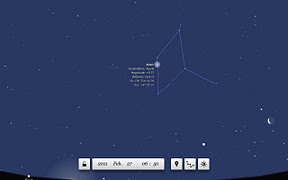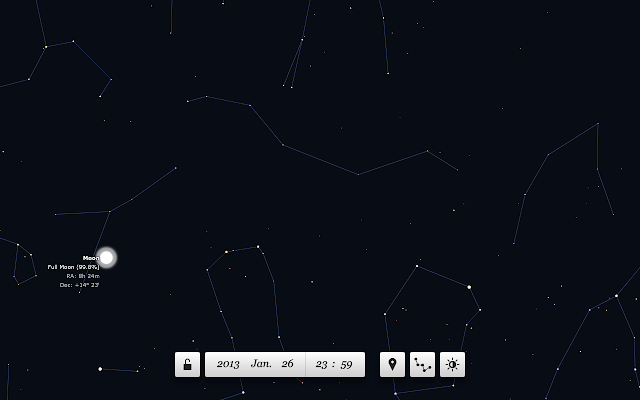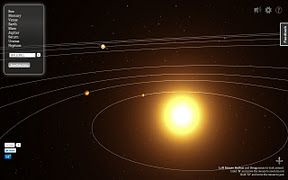
It is our brain that can keep our body alive and it is not vice versa.
Stephen Hawking is no more today. He was finally worried that humanity is not vigilant enough for its survival against most possible dangers of its extinction.
Respecting his legacy for us humankind can be practised as follows: –
- Let us become very vigilant for our survival by finding out other planetary abodes beyond earth that can be hosting humanity
- Let us become very vigilant for our survival against possibly more advanced aliens
- Let us become very vigilant for our survival against possibly more advanced artificial intelligence and machine learning
Sangkrit respects him like that considering his life as an eternal era in the cosmology of universe. Seeing him living, we have come to know fully well that it is our brain that can keep our body alive and it is not vice versa.

Planetarium provides you an interactive sky map that lets you explore stars and planets right from your screen. It has over 1,500 stars and that’s every star up to magnitude “+5”. These stars looks brightest in the night sky, the ones you can see with your own naked eyes on a good dark night, far away from city lights.
How to start exploring sky?
- Visit this URL – http://neave.com/planetarium/app/
- You can adjust the time and your viewing location to see the sky from any point around the world.
- Click and move your mouse to look around the sky. Click again to stop.
You can point at a star/planet in order to reveal its name, constellation, brightness (magnitude) and distance in light years (LY) or astronomical units (AU). Also listed is star or planet’s Right Ascension (RA) and Declination (Dec) values. Handy in telescope.




Shortcut key controls:
- Hide/show constellations – C
- Hide/show sky daylight – S
- Adjust year – Y or shift+Y
- Adjust month – M or shift+M
- Adjust day – D or shift+D
- Adjust hour – H or shift+H
- Adjust minute – N or shift+N
- Adjust latitude – L or shift+L
- Adjust longitude – K or shift+K
- Use arrow keys ←↑↓→ to move around the sky.
- F key to go full-screen.
Exploring Solar System in 3D:
3D solar system is another cloud based simulation application that allows you to explore solar system in 3D. It provides you the approximate location of planets present in the solar system at different time.



Also provides some information about each one of them. It uses HTML5 and WebGL.
Homeschooling Everyone Homemploying Everywhere


